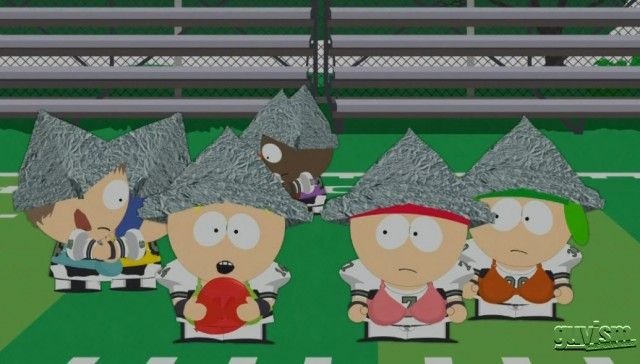Until then, I've been immersing myself in the Dune universe lately. Even going so far as to listen to the prequels co-authored by Brian Herbert and Kevin J Anderson. They are not nearly as esoteric or perceptive as the writings of Frank Herbert, but are sufficiently interesting for describing the underpinnings of the universe.
Dune is one of those science-fantasy settings where it is the future, in space, but people are still fighting with swords for some reason, which is cool. Dune's justification for swords-in-the-future is the Holtzmann-Effect shield. The Holtzmann shield is a energy barrier which deflects any object which enters the field at a certain velocity. A person with a shield equipped is invulnerable to any projectile or explosive force. A shield can be personal, or large enough to cover a city.
The only way to penetrate a shield is by moving into it at a sufficiently slow speed. This necessitates a particularly disciplined form of melee combat. And as shields are ubiquitous, military tactics are based around the necessity of close combat.

Shields- as depicted in the 1984 movie. When CG was new.
Holtzmann shields do have some serious limitations however: For one, they attract and enrage the giant worms of Arrakis. So using one in the open desert is practically suicide.
For another, if one is shot with a laser, the interaction creates a detonation equivalent to a nuclear blast. So beware of suicide troops with lasguns. Depending on who you are fighting, that could be a thing.
There have been several attempts to make a Dune rpg. The ones I've perused don't seem too promising. But the schools and disciplines of the Dune universe seem well suited to the Class and Level model.
Thank you, internet.
I got to wonder about Dune Larping. The action in a Dune novel is mostly talking, or intense chemical-aided introspection, punctuated by spying and the occasional assassination attempt or duel. It seems like it would lend itself well to live-action gaming, so I did a quick search to see if anybody else has wondered about this.
A few have, and fewer still have attempted it. One of these bold souls wondered aloud how the particular character of holtzmann-shield fighting could be simulated.
I've done some fencing and boffer and SCA combat here and there, so I thought about it.
In shield-fighting, only an attack which enters slowly can penetrate the shield. This is the trick, because in conventional melee combat, the faster hand has the advantage. It seems that this sort of combat would emphasize subtlety, deception and precise control. And that is what we would need to simulate to get the "feel" of shield-fighting.
I noticed that impact or mass-weapons don't play into shield combat. It's all rapiers, bodkins, crysknives, poison needles and hidden blades. These weapons can be manipulated with special finesse, and don't need to be moving fast to deal their damage. Hacking and smashing weapons such as maces, axes and broadswords pretty much need to be moving fast for their mass to play into the damage, as such they don't get used in shield fighting. I don't know much interest Frank Herbert had in martial arts, but he seemed to have realized this distinction when he was building his world.
What occurred to me was a form of boffer-fighitng or fencing where the object is to touch the opponent so that they feel it, but in such a way that it doesn't hurt or even sting a little bit. Every other aspect of the sword-play would be full speed. But being required to pull one's blows would, I think, simulate the challenge of slow-blade shield fighting.
I am actually pretty tickled by this notion. It's a bizarre form of counting coup. Some time when it's not blazing hot out, I will have to get some people together so we can figure out how this works in practice. Things like what kind of weapons to use, what protective gear, if any. Is grappling allowed or not? how to properly gauge a "hit" and so on.
I think there could be a lot of appeal in a martial game where the object is to not hurt your opponent, just show that you could have if you'd wanted to.
anyone seen this episode? it seems relevant.
Hopefully I will have some results to report on this experiment sooner rather than later. I am pretty excited about it.




